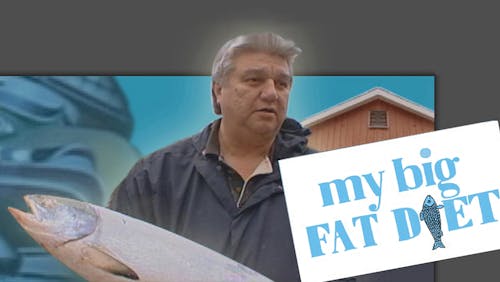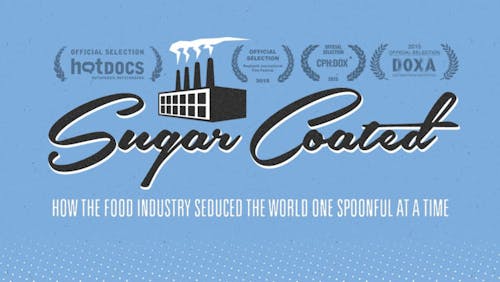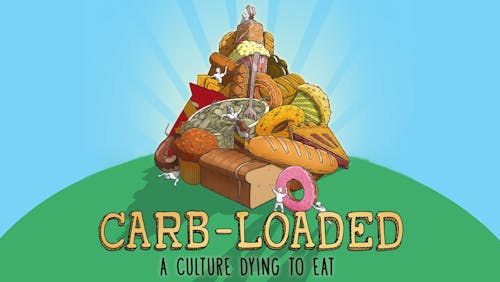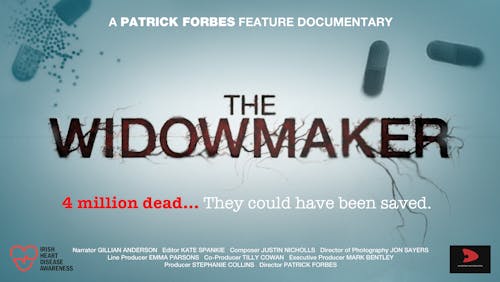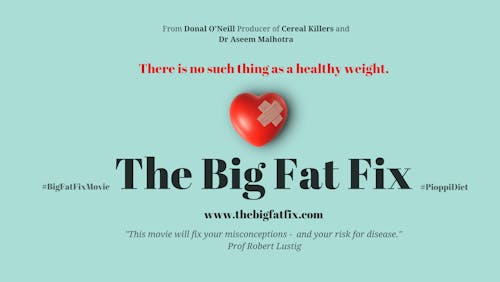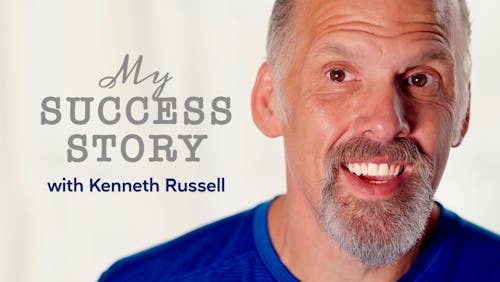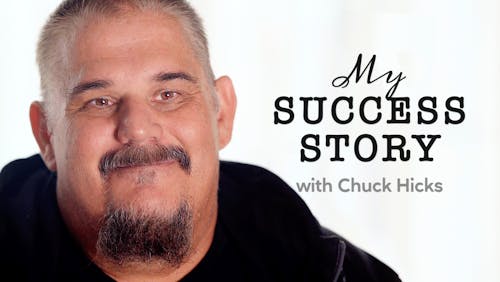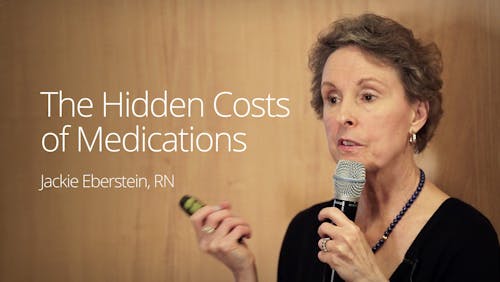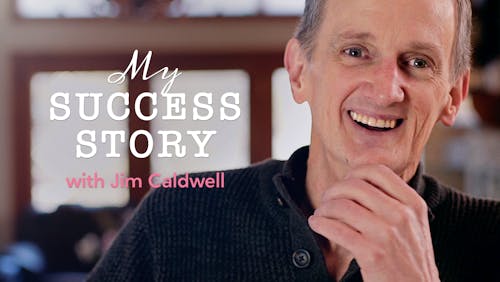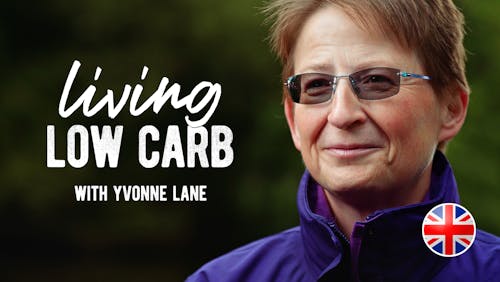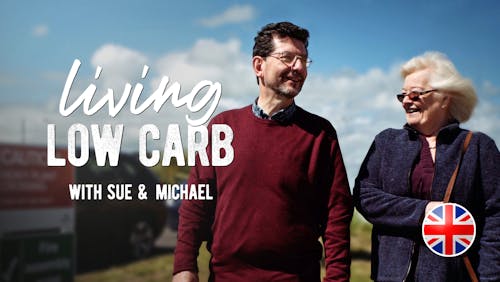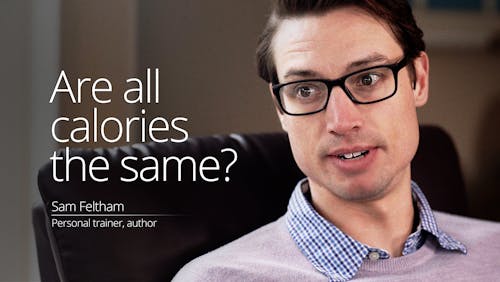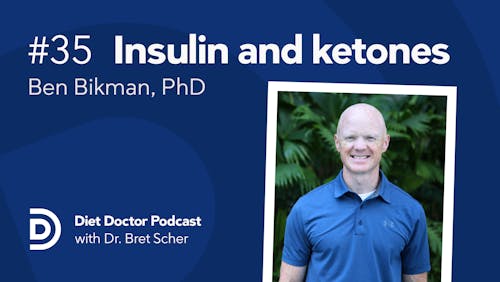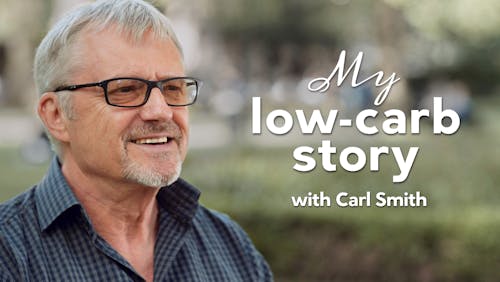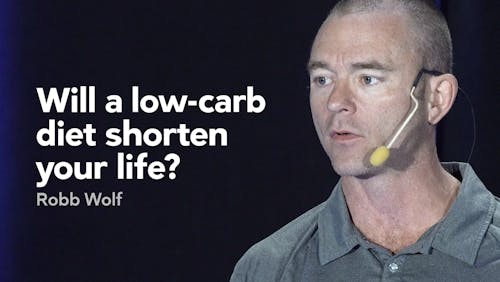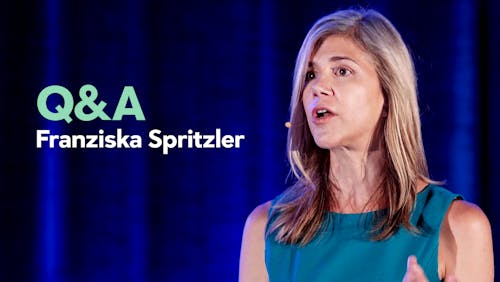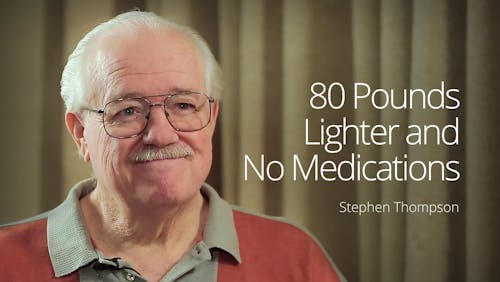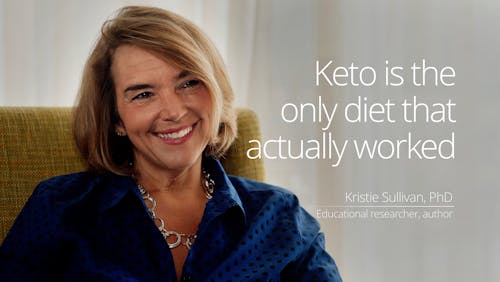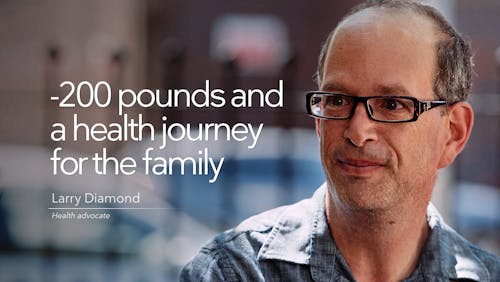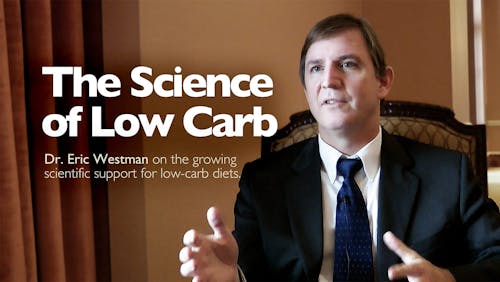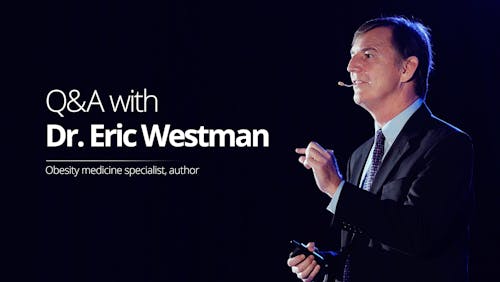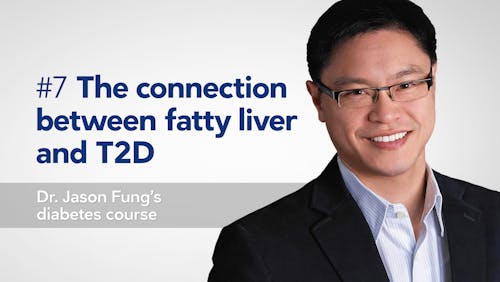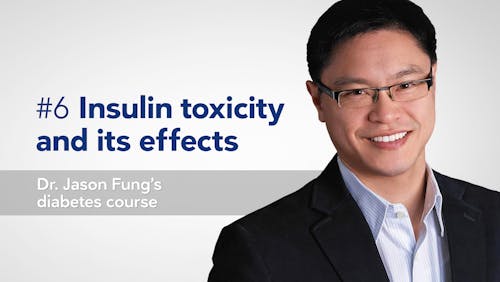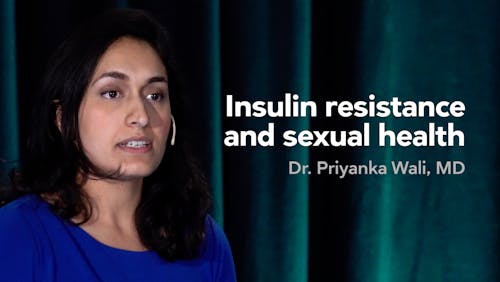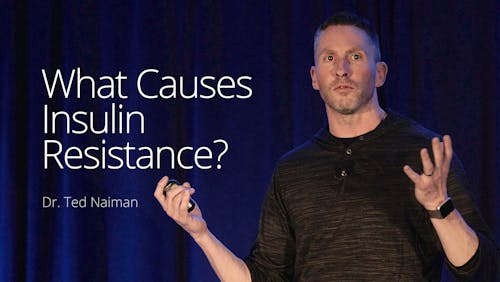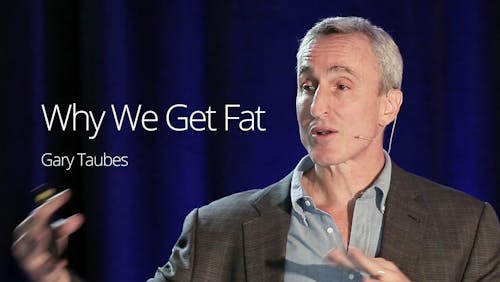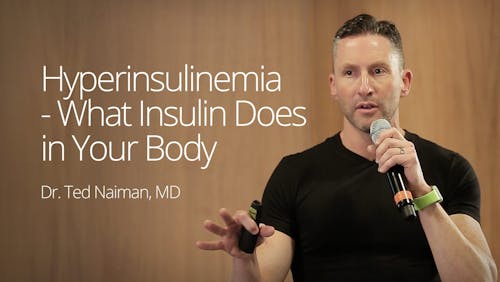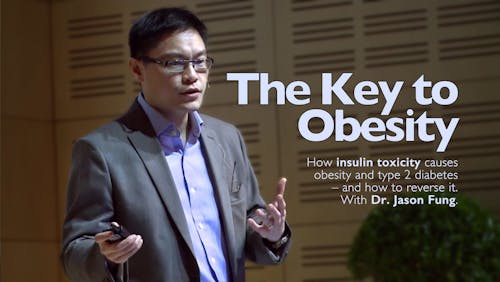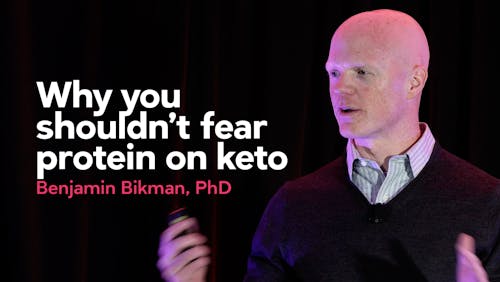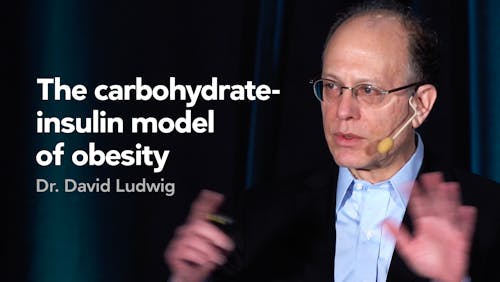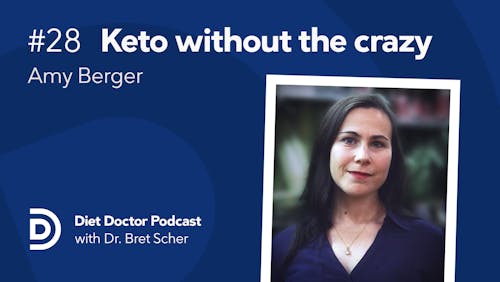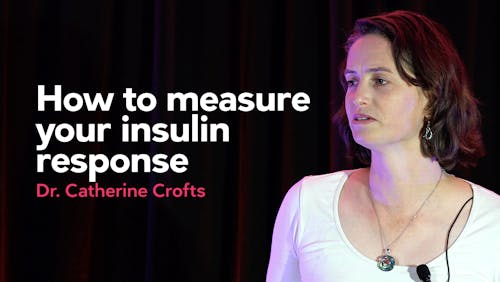“You can’t have that”
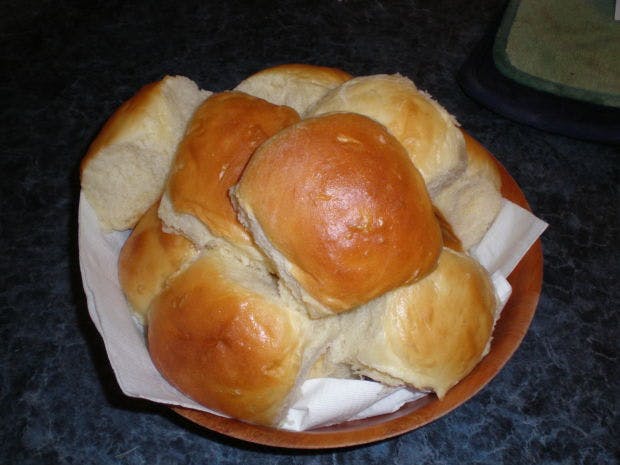
“Oh, you can’t have that!”
The words stung, and the young child who lives in my brain immediately shouted, “Oh yes I can!” It was the very first week of my new “diet”, and my family had gone to dinner with my husband’s parents at a steakhouse restaurant that was famous for yeast rolls. The restaurant had the wait staff grab a big basket of warm, buttery rolls to slide onto the table just as guests are seated, and they replenish the rolls as often as you like.
Those big, fluffy rolls were on the table before I had squeezed into my side of the booth. Not only did my five dining companions eagerly devour those rolls, but they were very vocal about how incredibly ‘delicious’ they were as they smeared them with cane syrup sweetened fake butter spread and requested a second basket. My mother-in-law had asked for more of the fake butter spread for the second basket of rolls, looked at me, asked, “Don’t you want some?” and then remembered, “Oh you can’t have that!”
I had looked at those rolls and, thankfully, saw trouble with a capital T. My rudimentary understanding of the very basic process of why Low Carb High Fat works was that when we eat carbs (sugar), it raises blood glucose. To deal with glucose the body releases insulin, which isn’t necessarily a problem in metabolically healthy individuals, but my morbid obesity was an outward sign of inner metabolic dysfunction. In that first week I understood that insulin is also a hoarder hormone. It helps store fat in cells.
While sitting in that booth and looking at those rolls, I had a visual image of insulin being like thousands of little soldier meanie guys running through the bloodstream. The meanie guy insulin soldiers lock the fat into cells and keep it there. The energy is stored as fat and locked up as fat and no wonder we’re hungry because we don’t get to use any of that energy. It’s locked up! Even after eating, then we’re hungry again in a short period of time because there’s no energy to be used. Obesity then could be described as a condition of starving because the energy is stored and cannot be accessed to be used. If I didn’t eat a lot of carbohydrate, and kept blood glucose stable, my insulin levels should also fall, and my body could use the stored energy (fat).
I can eat those, but choose not to
Although oversimplified, I knew that even one bite of that yeast roll would start the release of a cascade of hormones, including insulin. I visualized the meanie guy insulin soldiers shoving fat into my cells, and I could feel my upper arms getting bigger at the suggestion. While others saw an unlimited supply of a favorite food, I saw poison. In those high-carb rolls, I saw the morbid obesity I was desperately trying to fight. It was the first week of my journey, but the “diet” was working. When I ate as few carbohydrates as possible, my hunger disappeared for the first time in my life. That’s when I replied, “Oh, I CAN eat those. I just don’t want them.”
At the time, I didn’t understand the power or importance of my reply, but it saved my life in two ways. First, after a lifetime of hunger and dieting, I knew that I could eat anything I wanted, but I chose not to eat the rolls. By saying “I can eat those”, I was giving myself the power of control. No one else was restricting me. The young child inside of me was not being chastised for sneaking food from the refrigerator or for eating a second dessert. My adult voice was in charge, and she knew better. She was empowered to make the decision. She looked at those poison rolls that would contribute to her morbid obesity and decided “I just don’t want them”, which is the second powerful mind shift that I unknowingly verbalized that night.
I didn’t want them even when others were raving about how delicious they were. I saw poison and disease – obesity, diabetes, plus-sized clothing, sweating with little exertion, and back pain. Since that day, I have been able to reject high-carbohydrate foods simply because I see them differently. Instead of seeing a food that tastes good, I see a food that makes me sick. My body does not process carbohydrate properly. Phinney and Volek use the phrase “carb intolerant”. Disease and obesity do not taste good.
That night I had ordered a steak, a fresh salad with full-fat salad dressing, and steamed, buttered broccoli, and I could not finish everything on my plate. While others complained of being overly full and being ready for bed, my energy level stayed high for the rest of the evening, and I was proud of my choices.
I stared down those poison rolls over four years and 100 lbs (45 kg) ago. I am still empowered to eat anything I choose, and I continue to choose low-carb high-fat foods that keep me healthy.
More
A keto low-carb diet for beginners
Earlier with Kristie
Ruining the world, one drink at a time
How a pumpkin pie spice muffin can mean freedom
